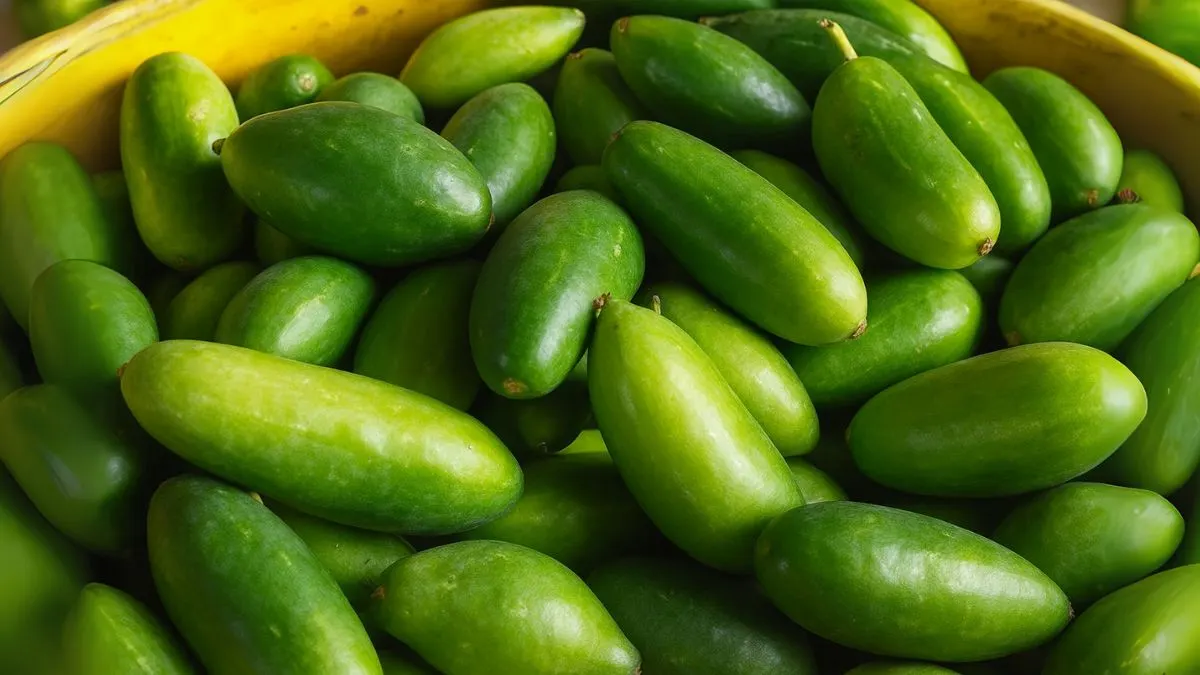In today’s fast-paced world, most people turn to supplements for energy and nutrition. But nature has already given us some powerful superfoods—many of which grow wild, unnoticed. One such hidden gem is an iron-rich wild vegetable that has long been consumed in traditional diets.
This plant is not only a source of energy but also an effective way to strengthen the body naturally. Think of it as a cousin of leafy green vegetables like kale and spinach, but with an even more unique nutrient profile. The beauty of this vegetable lies in its ability to grow in the wild, packed with minerals and healing properties that modern science is just beginning to appreciate.
The Nutritional Power of Wild Vegetables

Wild vegetables are naturally hardy. They survive without human intervention, which makes them stronger in terms of nutrient concentration. While kale and spinach dominate the market as popular greens, this lesser-known vegetable is emerging as an unsung hero.
- Iron Content: Essential for hemoglobin and oxygen transport in the body.
- Fiber: Supports gut health and digestion.
- Antioxidants: Help reduce oxidative stress and inflammation.
- Vitamins: Abundant in A, C, and K for immunity and bone strength.
Just as leafy green vegetables like kale and spinach are high in vitamins, minerals, and fiber, this wild vegetable packs a similar punch, making it a reliable addition to a healthy diet.
Why This Wild Vegetable Deserves Your Attention
- Aids Digestion
Farmers and foragers often highlight how this wild vegetable aids digestion, boosts energy, and strengthens the body from within. Its fiber content keeps the gut moving and helps balance healthy bacteria.
- Boosts Energy Levels
Iron deficiency is one of the most common nutritional gaps worldwide. By consuming this vegetable regularly, individuals can improve red blood cell function, leading to better stamina and energy.
- Strengthens the Body
From improving immunity to enhancing bone health, this plant works like a natural multivitamin. Communities in rural regions have relied on it for generations, using it to maintain strength for labor-intensive lifestyles.
Also Read: Skip Supplements. THIS Food Gives You 32g of Fiber Naturally!
Wild Vegetable vs. Kale and Spinach
Nutrient Factor |
Wild Vegetable (Iron-Rich) |
Kale |
Spinach |
Iron Content |
Very High |
Moderate |
High |
Fiber |
High |
High |
High |
Vitamin C |
Abundant |
Moderate |
Moderate |
Traditional Use |
Digestion, stamina, strength |
Detox |
Energy & bones |
This comparison shows how the wild plant holds its own against trendy greens like kale and spinach.
How to Add It to Your Diet
The beauty of wild vegetables is their versatility.
- Soups and Stews – Add fresh leaves for an earthy flavor.
- Stir-Fried Dishes – Pair it with garlic and olive oil.
- Herbal Teas – Dry the leaves and brew them for a mineral-rich tea.
- Smoothies – Just like kale or spinach, it can blend into morning smoothies.
When I first tried this wild vegetable in a village meal, it reminded me of spinach but had a slightly nutty aftertaste. The energy boost after a week of consuming it was genuinely noticeable.
Global Recognition – From Villages to Supermarkets
While local communities have always embraced this green, urban populations in the USA, Canada, and Europe are now adopting it as a superfood. Just as kale and spinach transitioned from “farm crops” to supermarket staples, this wild vegetable is beginning its journey toward global recognition.
Health stores already market wild greens for their medicinal properties. Nutritionists recommend them for athletes, busy professionals, and those recovering from fatigue or illness.
Also Read: Epiphytic Plants: 10 Surprising Species That Don’t Grow in Soil
Tips for Growing Your Own
Even though it is a wild plant, it can be cultivated at home with the right conditions.
- Choose well-drained soil and moderate sunlight.
- Water moderately, avoiding overwatering.
- Harvest young leaves for maximum tenderness and nutrients.
By growing it on your balcony or backyard, you’ll have access to fresh, iron-rich leaves year-round.
If you’ve been relying solely on kale, spinach, or store-bought supplements for your health, it’s time to expand your options. This wild vegetable aids digestion, boosts energy, and strengthens the body from within, making it one of the most powerful yet underrated foods in nature’s pantry.
By including it in your daily meals, you’re not only supporting your body’s nutritional needs but also connecting with a tradition of natural wellness that has sustained communities for centuries.
Takeaway: Don’t underestimate the power of wild greens. Whether for strength, digestion, or energy, this iron-rich vegetable is truly a nutrient powerhouse.






